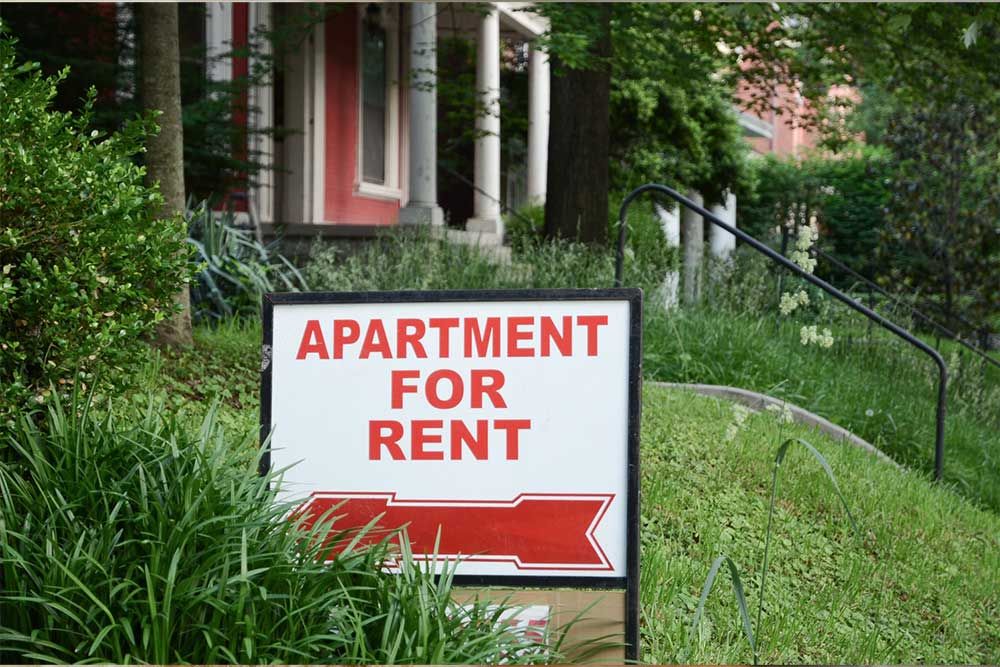Each individual may have a different motivation for renting a home; however, the benefits of renting one are often similar. For instance, rent payments are typically lower than mortgage payments. Additionally, some rental agreements often include utility costs, providing further savings, and maintenance and repairs are generally the responsibility of the homeowner. That said, individuals looking to rent a house need to consider a few things before signing a rental contract.
What to do
While there are tons of rental houses listed by private landlords, it is important to do some research and get a few things in order before renting a home.
1. Set a budget
Setting a budget is the first step in getting ready to rent a property. There are two methods to determine how much individuals should pay per month.
- Ensure the rent isn’t more than a fourth of the take-home pay. If an individual earns about $5,000 a month, the rent per month should not be higher than $1,250. They can use the formula: monthly take-home pay divided by 4 = maximum monthly rent amount.
- Ensure that the yearly gross salary (before taxes) is about 40 times the monthly rent. If the annual household salary is $100,000, the rent should not be more than $2,500 per month. Divide the annual household salary by 40 to determine the maximum monthly rent amount.
Also, account for other expenses, such as the security deposit, utilities, and moving costs.
2. Maintain a good credit score
A landlord will require the renter to have a credit score of at least 650 to be considered for an application process. If an individual does not know the score, they can pull reports from relevant credit bureaus, such as TransUnion, to find out. If it is below 650, they can take steps to improve it, including paying bills on time, such as credit dues, and only applying for new credit when needed. There are other measures as well.
Co-signer
If individuals cannot meet the credit score criteria, they can get a co-signer to sign so the landlord has a sense of security. This will allow the landlord to hold the co-signer accountable if the tenant cannot pay up.
Proof of income
Individuals might have to show proof of income to their landlord to verify they have the financial means to rent the property. Showing proof through bank statements, tax documents, and pay stubs can serve proof of income.
Advance payments
Individuals can offer the landlord a few months of rent in advance. The more they can pay, the better the chances of the homeowner drawing up a rental contract.
3. Look for must-haves
Before renting a home, an individual must ensure that the things they need and want are in the vicinity. For instance, they might want to be close to a grocery store, their place of work, or a school. Additionally, they might desire amenities such as in-house laundry, a backyard, or a garage. They might have to consider the size of the house, public transportation options, and proximity to the emergency services. The vicinity can be shortlisted if it meets most of these criteria.
4. Gather essential documents
Before renting a home, individuals will need to gather essential documents. These include employer information or verification, recent pay stubs, rental history, bank statements or proof of equity, and references from past landlords or employers to prove reliability. Documentation for pets and proof of utility transfer are other types of paperwork one might need to submit to the landlord.
Steps for finding a house for rent by private landlords
1. Use a search engine
An easy way to find a house for rent is to use a search engine. Individuals can type in keywords like “houses for rent by private landlords near me” or “rental houses owned by private landlords” to find the most relevant results in the vicinity. Following the search, they could carefully review each result to identify the most suitable options.
2. Check listing apps
To find the ideal neighborhood, individuals can start looking for rental properties on a reputable rental listing app. Most apps have features that let individuals type in the location or neighborhood to filter available options. The app map also has other filter features that let them select the rental by property type, price, number of bedrooms and bathrooms, pet friendliness, move-in date, and listings that still accept applications.
3. Speak to acquaintances
One effective way for individuals to find the best rental houses from private landlords is to tap into their personal networks. This includes family, friends, and colleagues who may have previously rented a property or know someone renting out their home. Engaging with acquaintances can make the search more successful and trustworthy.
4. Go through traditional sources of information
Traditional sources like newspapers, bulletin boards, and classified ads are other places where individuals can look for rental homes. Landlords sometimes prefer advertising through these means rather than online.
5. Make an inspection checklist
After narrowing down the search for rental homes, individuals must inspect to ensure the property is orderly. For instance, the HVAC system should be serviced and functional, ample lighting sources must be indoors, and the plumbing should work properly. They must also inspect all doors and windows to ensure they work well and have no damage. They should also inspect the appliances (if any), smoke detectors, signs of pests, and the parking space.
